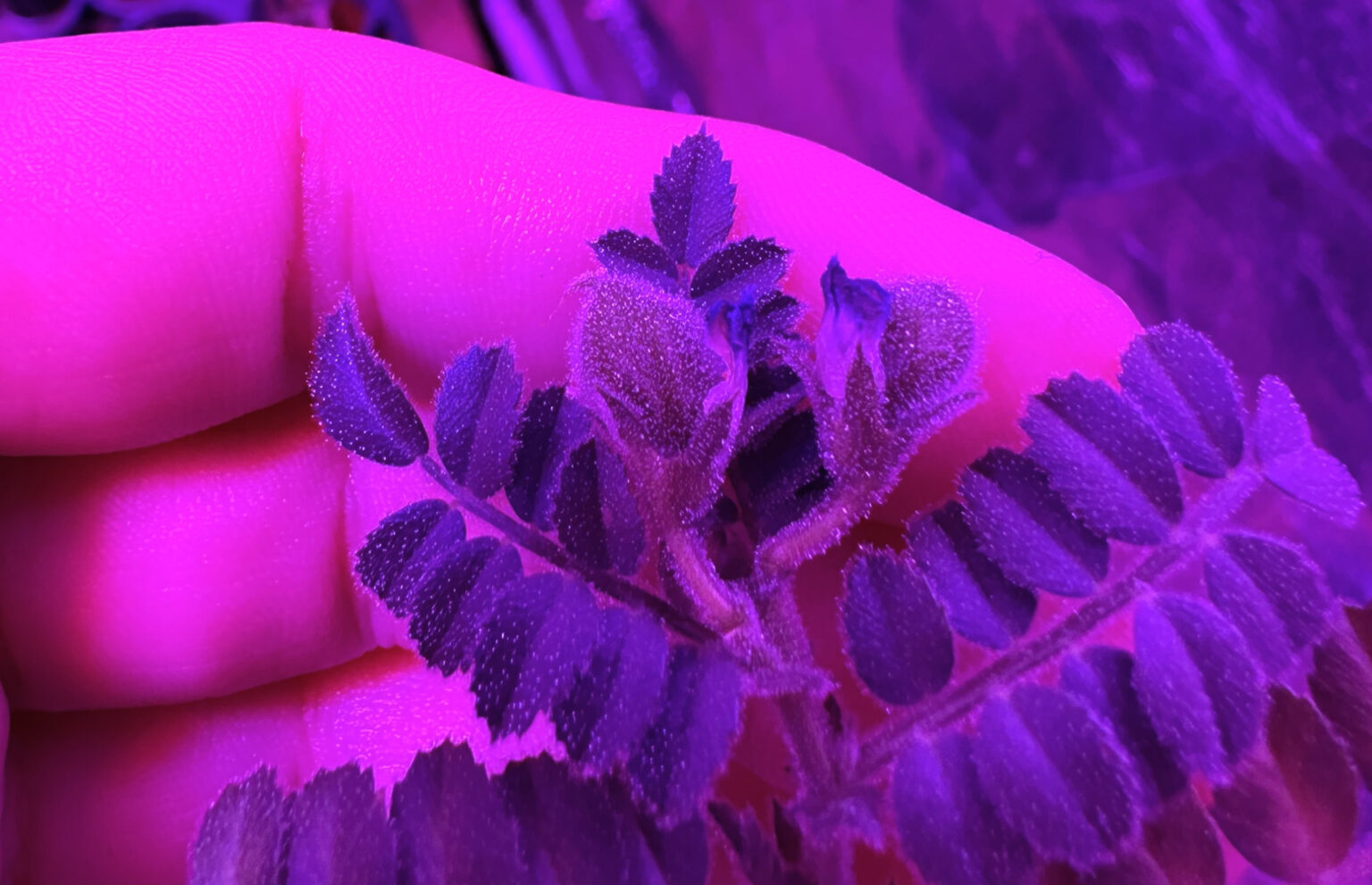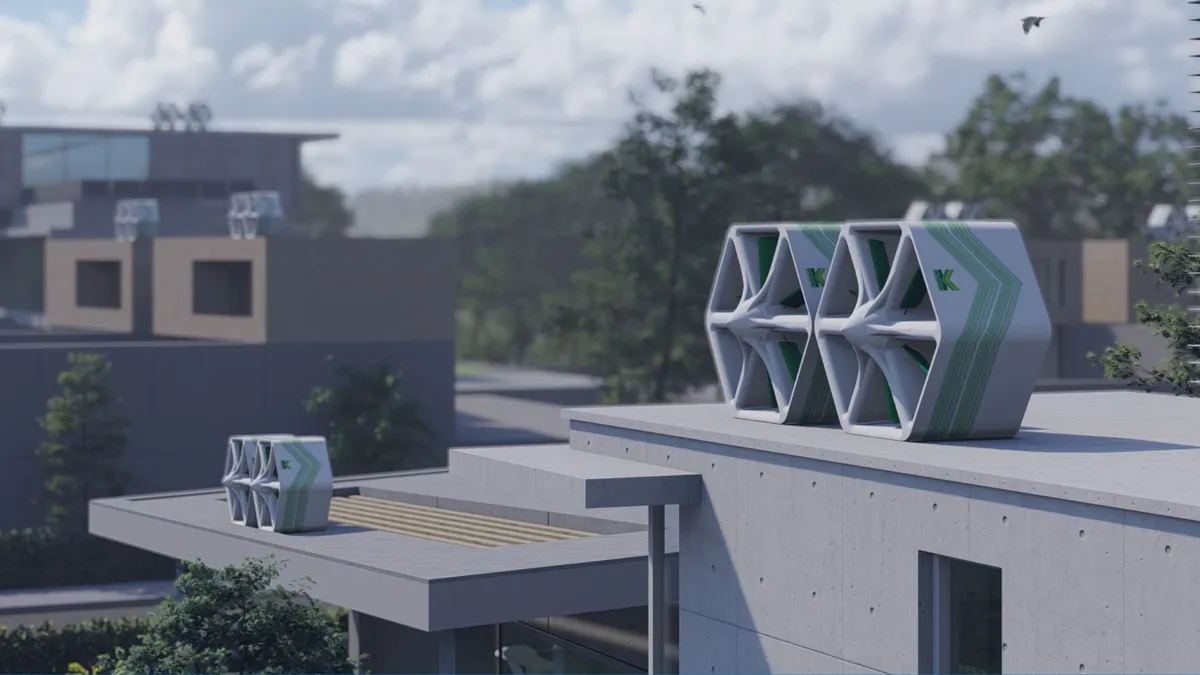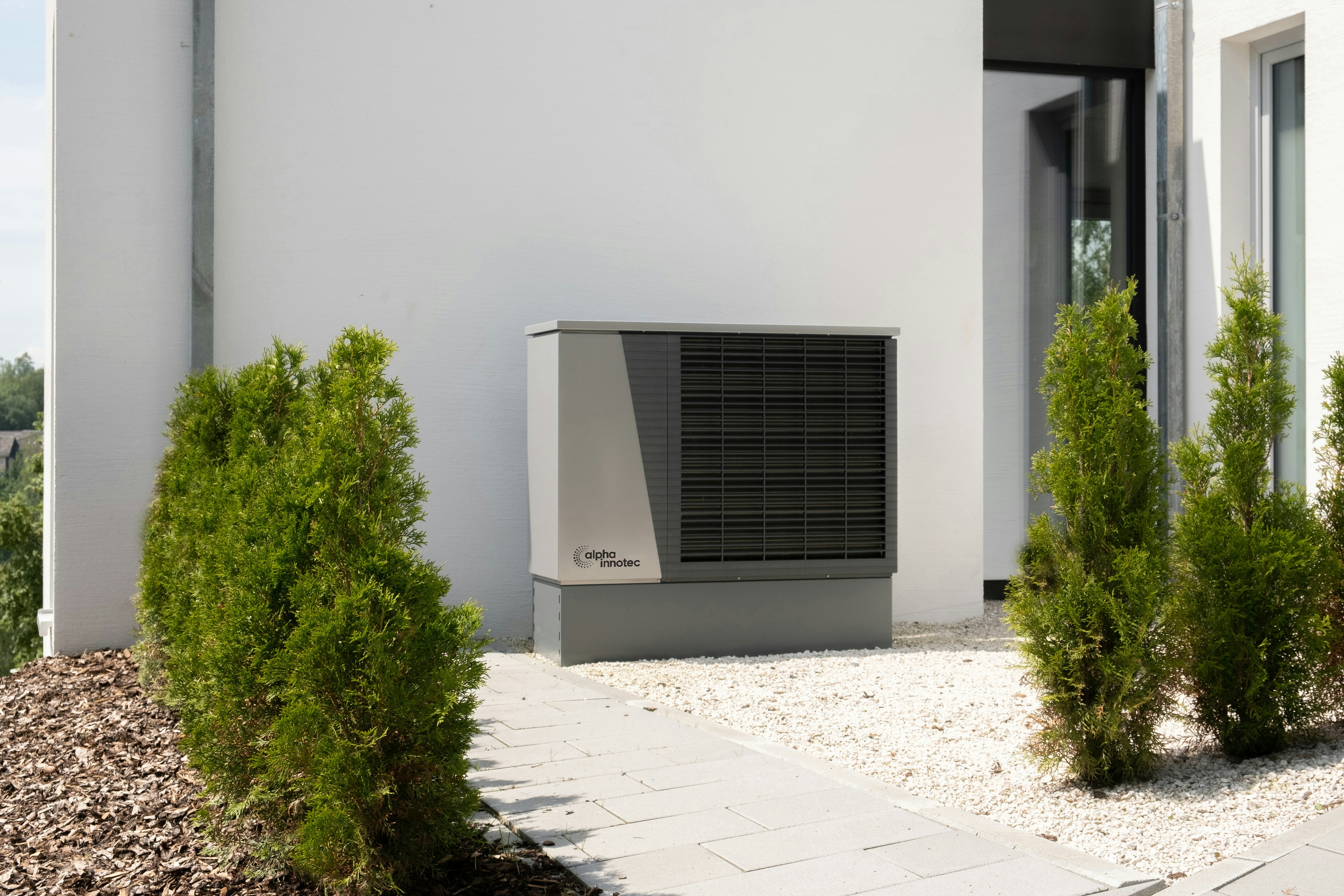Food sustainability is a major hurdle for prolonged space journeys. Growing plants on the Moon is challenging due to the lack of nutrients, microorganisms, reduced gravity, radiation, and toxic elements. Depending on resupply missions from Earth is not a feasible solution.
Promising solutions are arising for growing plants in space
A recent discovery offers hope for a future where moon-bound astronauts can enhance their food supply from Earth with crops cultivated in space.
Researchers at Texas A&M College of Agriculture and Life Sciences achieved successful cultivation of chickpeas in mixtures containing up to 75 percent lunar regolith, or moondust.
Researchers created a special soil amendment to improve lunar dust quality and fertility while solving water retention and drainage issues. It consists of beneficial fungi and vermicompost, forming a symbiotic relationship with plant roots, protecting them from toxins, and enhancing water and nutrient absorption.
Researchers developed a unique soil amendment using beneficial fungi and vermicompost to enhance lunar dust quality and fertility. The fungi protect plant roots from toxins and improve water and nutrient absorption, while vermicompost aids in absorbing toxic contaminants from the moondust, boosting plant tolerance to toxins and environmental stressors. Additionally, they help improve soil structure, especially important given the fine texture of moondust’s tiny particles.
Why were Chickpeas Chosen for Cultivation?
Researchers specifically selected chickpeas for cultivation because they are legumes that can leverage the benefits of the fungi. Additionally, chickpeas are protein-rich and require less water and nitrogen compared to other crops, making them well-suited for lunar agriculture.







